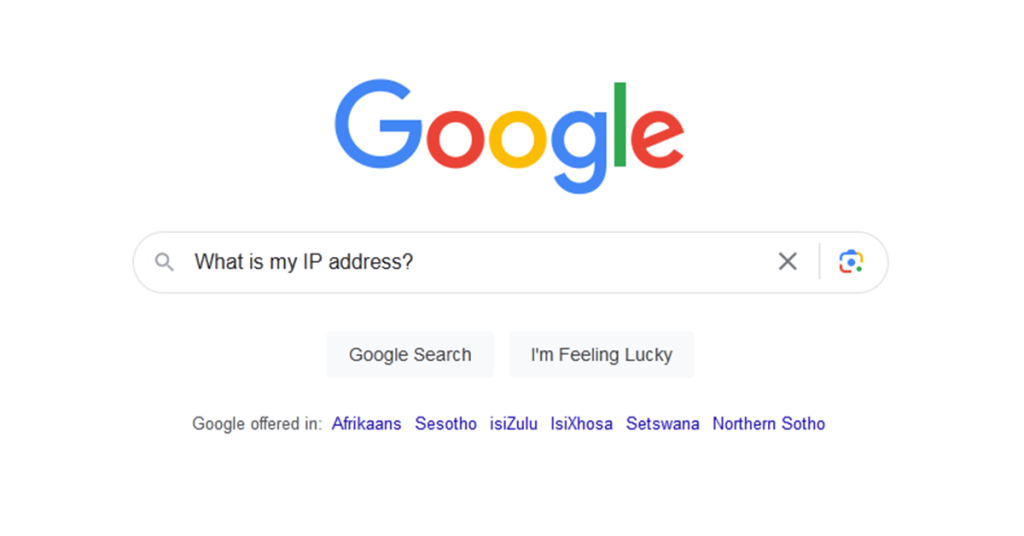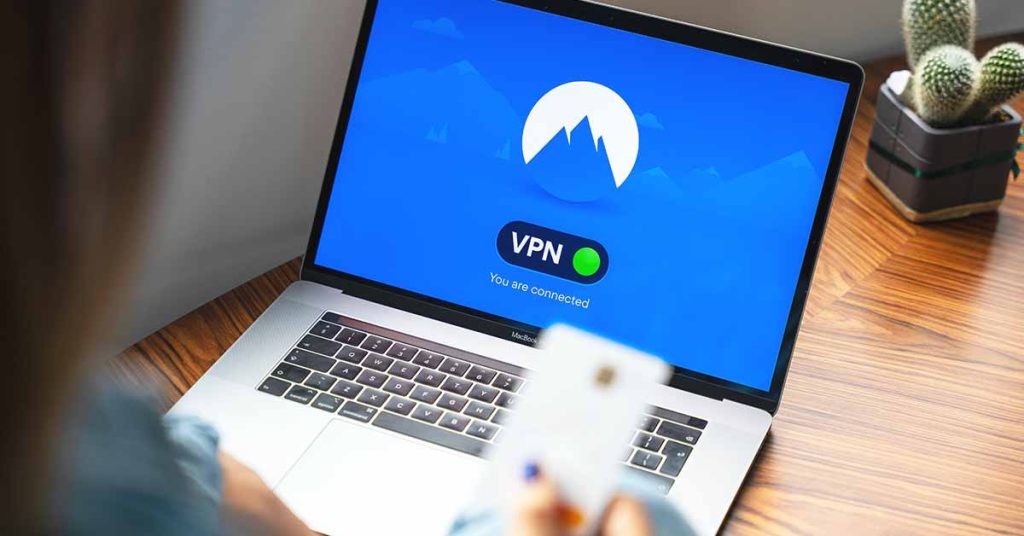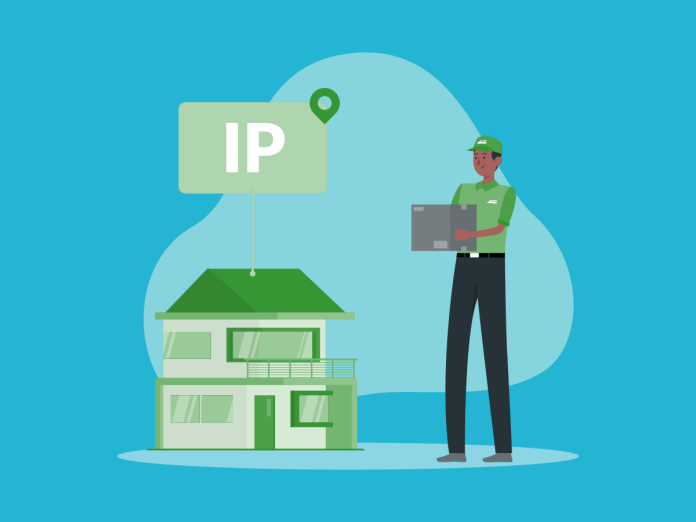In our interconnected world, understanding the fundamentals of the internet is essential, especially for entrepreneurs and business professionals looking to establish their online presence. One crucial component of the online realm is the IP address. You may have come across this term before, but what exactly is an IP address? In this comprehensive article, we will delve deep into the world of IP addresses, demystifying their purpose, functionality, and the various types that exist. Whether you’re a website owner, a developer, or simply curious about the inner workings of the internet, join us as we explore the intricacies of IP addresses and shed light on this vital aspect of online communication.
Table of Contents
What Is an IP Address?
At its core, an IP address, short for internet protocol address, is a unique identifier assigned to every device that connects to a computer network that uses the internet protocol for communication. IP addresses are used to track the online activity of devices and users, and can be used to identify which websites or services have been accessed from a particular device or location. An IP functions as a virtual mailing address, enabling devices to send and receive information across the internet. Just as you need a physical address to receive mail, every computer, smartphone, or server that is connected to the internet requires an IP address to establish effective communication.
Example of an IP Address
An IP address can appear as a string of numbers separated by periods, such as:
192.168.1.1This specific arrangement, known as the IPv4 format, is still widely used today. However, due to the rapid growth of the internet and the increasing number of connected devices, a new addressing scheme called IPv6 has been introduced, such as:
2001:0db8:85a3:0000:0000:8a2e:0370:7334We will explore these two formats in more detail later.
How IP Addresses Work
To comprehend the inner workings of IP addresses, let’s imagine the Internet as an expansive network of interconnected roads. Each device, whether it’s a computer, smartphone, or server, functions as a vehicle traversing these digital highways. Just as vehicles require an address to reach their destination, devices need an IP address to communicate effectively.
When you send a request to access a website or send an email, your device encapsulates the information into data packets. These packets are then assigned the IP address of the destination device, enabling them to navigate through the intricate network of routers and servers that constitute the Internet. Once the packets reach their intended destination, they are reassembled, and the requested information is delivered back to your device.
Types of IP Addresses
Various types of IP addresses exist, each serving a distinct purpose in the realm of networking. Let’s explore some of the most common types:
- Static IP Address: A static IP address is manually assigned to a device and remains constant over time. It is often used for servers, remote access, and specific online services that require a fixed address.
- Dynamic IP Address: In contrast to static IP addresses, a dynamic IP address is assigned to a device by the Internet Service Provider (ISP) and can change over time. These addresses are temporarily assigned from a pool of available addresses, allowing ISPs to efficiently manage their resources and accommodate a larger number of devices connecting to the internet. The dynamic nature of these IP addresses makes them flexible and scalable, making them suitable for residential and business users alike.
- Public IP Address: A public IP address is assigned by an Internet Service Provider (ISP) and allows devices to connect to the Internet. It is unique across the entire internet, enabling devices to be identified and communicate with each other.
- Private IP Address: Private IP addresses are designated for use within private networks, such as those found in homes, offices, or small businesses. These addresses are not directly accessible from the internet and are used for internal network communications, allowing multiple devices within a network to share a single public IP address.
- Router IP Address: Every network router has its own IP address, serving as the gateway for devices on the local network to connect to the internet. Accessing this address allows you to configure the router’s settings and manage the network.
IPv4 and IPv6 Addressing
The rapid growth of the internet has necessitated the transition from the IPv4 addressing scheme to IPv6. IPv6 addresses are represented in an entirely different format, using eight groups of alphanumeric characters separated by colons. This format provides an exponentially larger pool of unique addresses, ensuring the continued expansion of the internet. The first version of IP addresses, IPv4, allowed for approximately 4 billion unique addresses. This limitation led to the introduction of IPv6, which provides a significantly larger pool of unique addresses
How To Find My IP Address?
If you’re curious about your own IP address, there are several ways to discover this vital piece of information. Let’s explore a few common methods:

- Using a Search Engine: Simply type “What is my IP address?” into a search engine, and the results page will display your IP address.
- Online IP Lookup Tools: Numerous websites offer IP lookup services where you can enter your domain or network information to retrieve your IP address, such as WhatIsMyIPAddress.
Who Assigns IP Addresses?
So, how are IP addresses assigned? The assignment of IP addresses is handled by regional internet registries (RIRs), which distribute IP address blocks to Internet Service Providers (ISPs) within their respective regions. These ISPs, acting as intermediaries, assign these unique IP addresses to their customers, ensuring efficient distribution across the internet. Once assigned, each IP address may be used by the customers’ routers to establish connections and facilitate online communication.
Understanding Subnets and Subnet Masks
In the world of networking, subnets and subnet masks play a crucial role in managing IP addresses. A subnet is a portion of an IP network, while a subnet mask determines the boundaries of the subnet. By using subnetting, network administrators can effectively allocate IP addresses, enhance security, and optimise network performance.
Private IP Addresses and Private Networks
Private IP addresses are designated for use within private networks, such as those found in homes, offices, or small businesses. These addresses are not accessible from the Internet directly and are used to establish internal network communications. This allows multiple devices within a network to share a single public IP address, conserving valuable address space.
Dynamic IP Addresses
In contrast to static IP addresses, dynamic IP addresses are assigned to devices automatically by a Dynamic Host Configuration Protocol (DHCP) server. Dynamic IP addresses are temporary and subject to change each time a device connects to the network. This dynamic allocation allows internet service providers to efficiently manage their IP address pools and accommodate a large number of connected devices.
Protecting Your IP Address: VPN and Privacy

While IP addresses play a crucial role in establishing communication over the internet, it’s important to consider privacy and security concerns. When connected to the internet, your IP address is exposed, potentially allowing others to track your online activities and determine your approximate location. To protect your privacy and enhance security, many individuals and businesses utilise Virtual Private Networks (VPNs) to access the internet. A VPN encrypts your internet connection and routes it through a remote server, effectively masking your IP address and providing an additional layer of security.
IP Address Classes: An Overview
In the early days of the internet, IP addresses were divided into classes, denoted by specific address ranges. These classes determined the network size and the number of available host addresses. However, with the introduction of CIDR (Classless Inter-Domain Routing), class-based addressing has become less relevant. CIDR allows for a more flexible allocation of IP addresses and efficient use of address space.
DNS and Domain Names
While IP addresses serve as the numerical identifiers of devices on the internet, they are not easily memorable for human users. This is where the Domain Name System (DNS) comes into play. DNS translates domain names like www.mcloud9.co.za into their corresponding IP addresses. By associating a domain name with an IP address, DNS enables users to access websites and online services using easy-to-remember names instead of complex numerical strings.
Learn more about domain terms in our complete domain glossary.
FAQ for What Is An IP Address
Is my IP address safe?
Your IP address is safe in the sense that it cannot be easily accessed or used to harm you directly. However, it can be used to track your online activity or approximate your physical location, which can be a concern for some users.
What is the difference between an IP address and a router’s IP address?
An IP address is a unique code assigned to a device on a computer network, while a router’s IP address is the address assigned to the router itself. The router’s address is used to route traffic between devices connected to the local network and to access the router’s administrative settings.
Can a person’s IP address be traced?
Yes, a person’s IP address can be used to trace their physical location in some circumstances. However, this process is not always reliable or accurate, and additional information may be needed to pinpoint a person’s exact location.
In Conclusion
In the ever-evolving landscape of the internet, understanding the concept of IP addresses is crucial for entrepreneurs, business professionals, and anyone venturing into the online world. As we’ve explored in this article, an IP address serves as a unique identifier that facilitates communication between devices on the internet. From static and dynamic addresses to private and public ranges, the world of IP addresses encompasses a diverse array of types and functionalities.
By grasping the fundamentals of IP addressing, you can navigate the digital highways of the internet with confidence, knowing how information flows and how to protect your online presence. As you embark on your online journey, consider MCloud9 Hosting as your trusted web hosting and domain registration partner, providing reliable services to help you establish and grow your online business.


